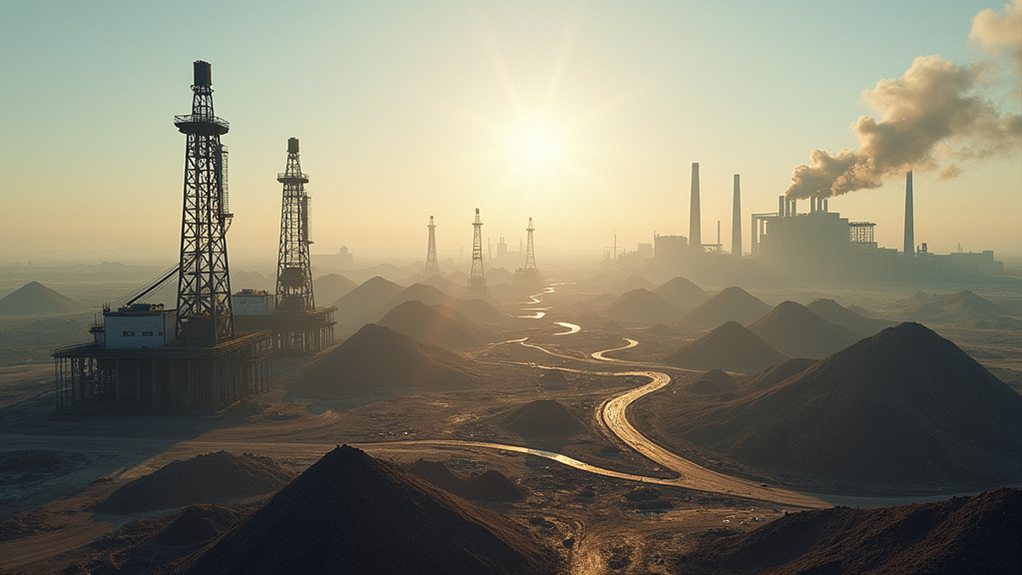In a significant move, the United States and Ukraine have established a joint reconstruction investment fund aimed at developing Ukraine's rich mineral resources. This fund will focus on minerals, oil, gas, and infrastructure assets. Ukraine plans to contribute 50% of the new resource revenues. However, existing revenue sources like Naftogaz will not be included. Importantly, the current agreement does not provide any direct security guarantees for Ukraine.
The initial U.S. demand for the fund was set at $500 billion, but this was dropped in the final agreement. The fund's success will heavily depend on the profitability of new projects. Private sector investment will be essential. Developing a new mine typically takes around 18 years and can cost between $500 million to $1 billion. Additionally, the average time to develop a mine globally reflects the complexities involved in mining operations. Live streaming options for relevant news coverage will be crucial in keeping stakeholders informed about the progress of these initiatives.
The fund's success hinges on private investment and project profitability, with mine development taking 18 years and costing up to $1 billion.
Ukraine is estimated to hold about 5% of the world's critical raw materials, including significant deposits of lithium, titanium, copper, nickel, and cobalt. However, there's a lack of modern geological surveys, with Soviet-era mapping methods being outdated by 30 to 60 years.
Geopolitically, this deal marks a shift from President Biden's previous isolation strategy toward Russia. The negotiation also reflects a more transactional approach to diplomacy, reminiscent of earlier interactions under President Trump. While high-level talks with Russia have been conducted, the agreement does not include explicit security guarantees, raising concerns among some experts.
Moreover, the ongoing conflict in Ukraine complicates the situation. Active war zones deter private sector investments, especially in Eastern Ukraine, where many valuable mineral deposits are located. The war has also severely damaged Ukraine's energy infrastructure.
This deal is the first of its kind for the United States and could set a global precedent. It resembles China's resource-for-infrastructure agreements. Countries like the Democratic Republic of Congo are seeking similar arrangements. As international dynamics shift, the implications of this minerals deal may resonate far beyond Ukraine's borders.









